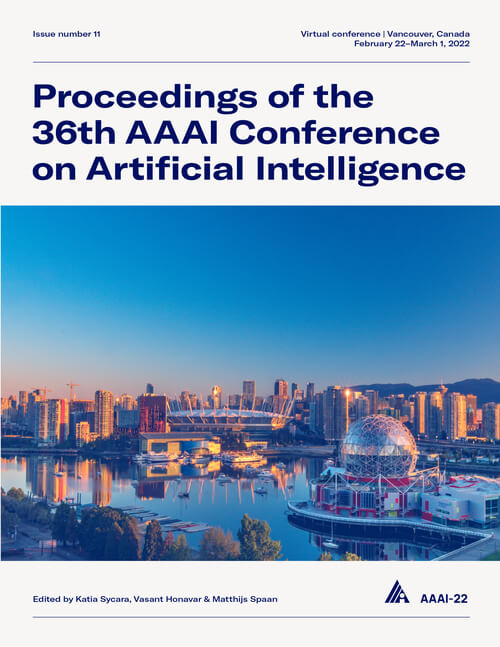Extended Goal Recognition Design with First-Order Computation Tree Logic
DOI:
https://doi.org/10.1609/aaai.v36i9.21200Keywords:
Planning, Routing, And Scheduling (PRS)Abstract
Goal recognition design (GRD) is the task of modifying environments for aiding observers to recognize the objectives of agents during online observations. The worst case distinctiveness (WCD), a widely used performance measure in GRD research, can fail to provide useful guidance to the redesign process when some goals are too hard to be distinguished. Moreover, the existing WCD-based approaches do not work when an agent aims for a sequence of goals instead of just one goal. The paper presents a new GRD framework called extended goal recognition design (EGRD) for goal recognition that involves multiple goals. The objective of EGRD is to modify an environment to minimize the worst case distinctiveness of a goal condition that describes how an agent can reach a set of goals. A goal condition can be formally expressed in first-order computation tree logic (FO-CTL) that can be evaluated by model checking. We introduce a novel graphical representation of FO-CTL sentences that is suitable for extended goal recognition. Moreover, we present a search algorithm for EGRD with a novel caching mechanism. Our experimental results show that the caching mechanism can greatly speed up our EGRD search algorithm by reusing the previous evaluation of FO-CTL sentences.Downloads
Published
2022-06-28
How to Cite
Au, T.-C. (2022). Extended Goal Recognition Design with First-Order Computation Tree Logic. Proceedings of the AAAI Conference on Artificial Intelligence, 36(9), 9661-9668. https://doi.org/10.1609/aaai.v36i9.21200
Issue
Section
AAAI Technical Track on Planning, Routing, and Scheduling

